- Excellent driving range for an EV
- Funky styling and lots of character
- Good to drive and surprisingly quick
- Not cheap to buy
- Interior quality isn't great
- Not the most spacious car around
Hyundai has had a quick rise to fame in Australia. Launched Down Under in 1986, the brand is relatively young when compared to the bigger players. A lot has changed in the 35 years that Hyundai has been here – it has gone from cars that were considered disposable items to offering some best-in-class models. The brand’s first fully electric SUV. the Kona Electric, was launched here in 2018 and has been updated for the 2021 model year. We tested the top of the range 2021 Hyundai Kona Electric Extended Range Highlander to see if it is the electric SUV to buy.
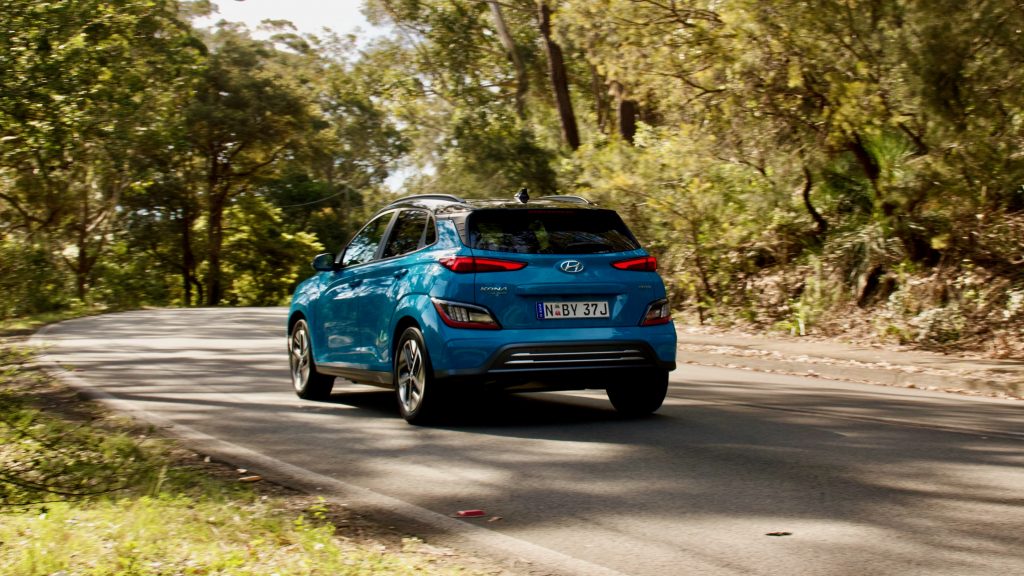
The 2021 Hyundai Kona Electric is here to upset the Mazda MX-30 E35, Kia E-Niro and Nissan Leaf. Being only a limited range of electric SUVs on the current market means that there aren’t many to choose from. In saying this there are enough to decipher which ones are better value so let’s find out whether the Kona EV is worth buying or if you should look elsewhere.
Price & Specs: 8.0/10
There are two different power options for the 2021 Hyundai Kona Electric: the Standard Range and the Extended Range variant tested here and both powertrain options are available in either an Elite base model or top-spec Highlander. We tested the most expensive Kona: the Extended Range Highlander.
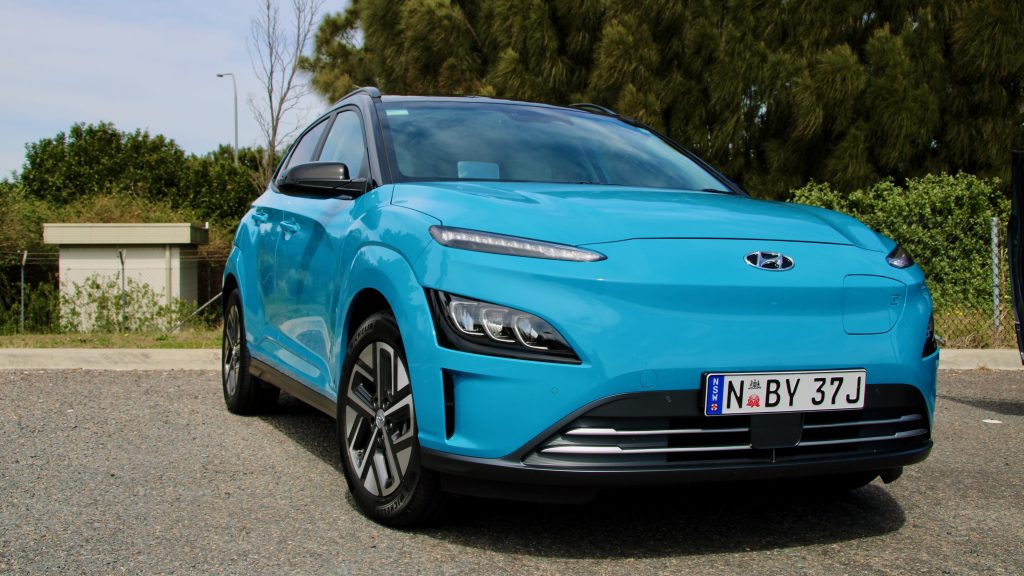
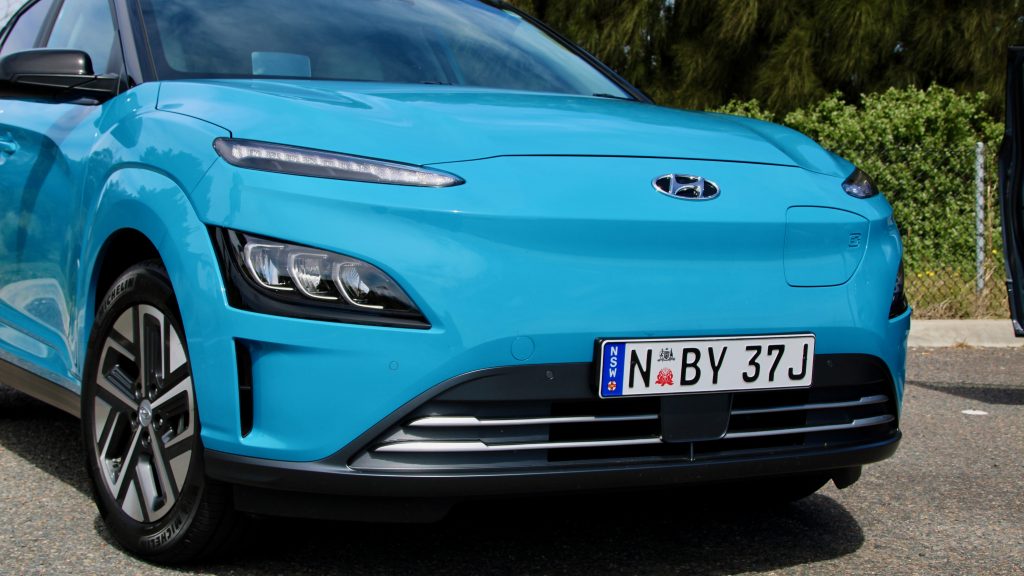
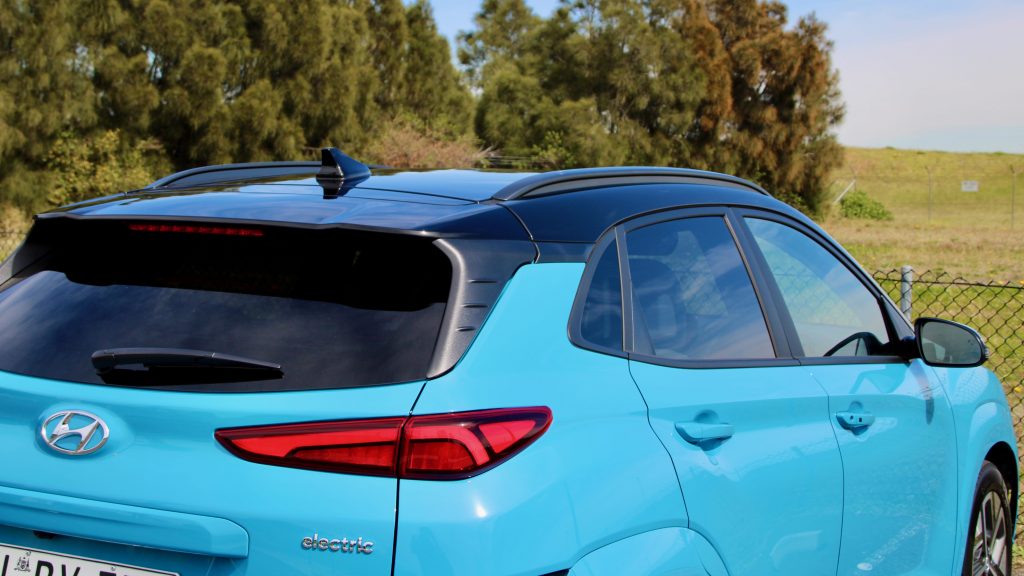
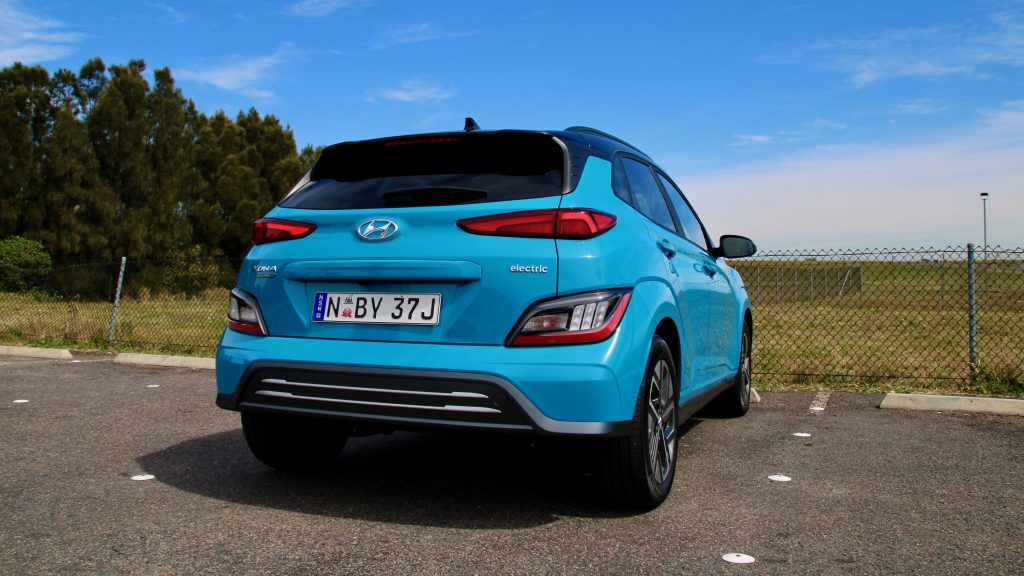
Priced at $64,000 plus on-road costs, the top of the line Kona Electric Highlander comes with every possible feature from the Kona range. This includes 17-inch alloy wheels, automatic LED lighting, auto wipers, single-zone climate control, a leather wrapped steering wheel and gear knob, leather upholstery, electric heated and cooled front seats, heated rear seats, a heated steering wheel, a 10.25-inch touchscreen with satellite navigation, live traffic updates, digital radio and wired Apple CarPlay and Android Auto, a 10.25-inch digital driver’s display, a heads-up display, wireless charging, a sunroof (which is curiously deleted if you select the black roof option), an eight-speaker Harmon Kardon sound system, keyless entry and start, heated and auto-folding mirrors, an auto dimming rear view mirror, drive mode selection and LED ambient interior lighting.
As far as safety features go, there are six airbags, high and low speed autonomous emergency braking with pedestrian avoidance, forward collision alert, blind-spot monitoring with rear cross-traffic alert, lane departure warning with lane keep assist, front and rear parking sensors with a reversing camera, driver attention monitoring, an alarm, adaptive cruise control with stop and go functionality and tyre pressure monitoring.
The Kona Electric does miss out on dual-zone climate control, a 360-degree camera, driver’s memory seating and rear auto braking but that is it. It’s well featured but it’s not cheap. The main rivals to the Kona EV are the $44,990 drive away MG ZS EV, the $70,990 drive away Kia E-Niro Sport, the $64,990 drive away Nissan Leaf E+ and the $70,990 drive away Mazda MX-30 E35 Astina. The Nissan Leaf and MG ZS EV undercut the Kona EV in price and the MX-30 and e-Niro cost more, which puts the Kona in the middle of the pack price wise although it is worth noting that the Kona EV especially as a Highlander has significantly more features than all the cars listed above. But in saying that, it is still $26,000 more than a petrol Kona Highlander.
As far as colours go, the Hyundai Kona offers a lot of choice. The only standard colours are ‘Dive in Juju’ (blue) and ‘Atlas White’. Premium metallic colours include ‘Surfy Blue’, ‘Dark Knight’ (black), ‘Galactic Grey’ and ‘Pulse Red’. There is also the option for a black roof on all colours other than ‘Dark Knight’ – this option does not come at any further cost, but it does delete the sunroof. As far as interior colours go, black leather is standard but optional is what Hyundai call black/grey (it’s actually beige) for an additional $295. Our test car was painted in the vibrant ‘Dive in Jeju’ with the black roof and the optional grey leather interior, which brought its total cost to $69,624 drive away.
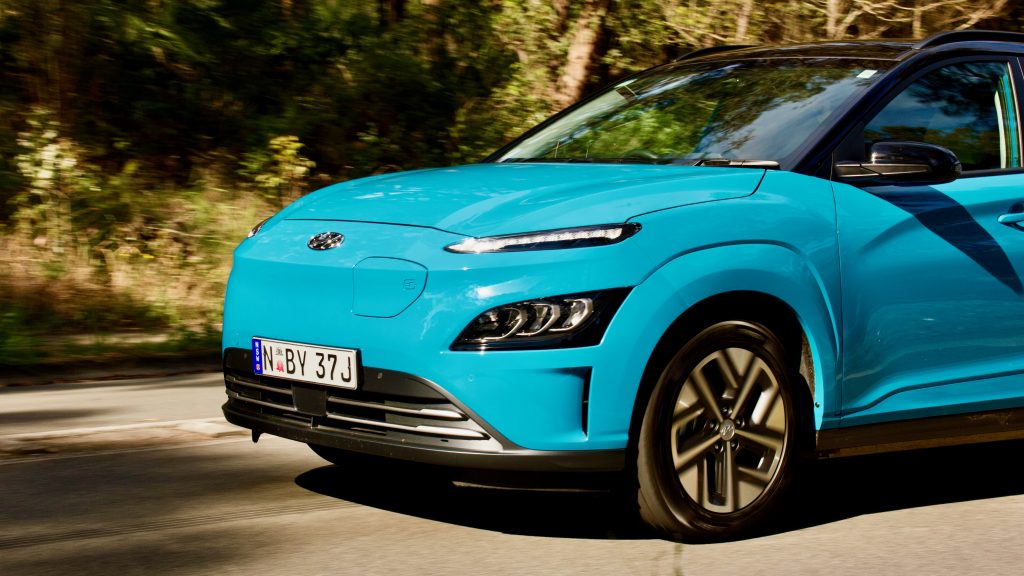
Performance & Range: 8.5/10
Under the bonnet/body of the 2021 Hyundai Kona Electric Extended Range is a 64kWh lithium-ion battery pack which sends its power to solely the front wheels. The motor output is rated at 150kW of power and 395Nm of torque. There is also a less powerful Standard Range Kona, which has a smaller 39.2kWh battery pack and 100kW/395Nm outputs. The 0-100km/h time of the Kona EV extended range is 7.6 seconds, which is more than reasonable for a small SUV – the regular petrol 2.0-litre Kona does the 0-100km/h dash in 10 seconds flat.
The official WLTP range of the 2021 Hyundai Kona Electric extended range is 484km, which is 179km more than the standard range Kona EV. Using a 100kW DC charger, the Extended Range battery pack is capable of charging from 10% to 80% in as little as 47 minutes.
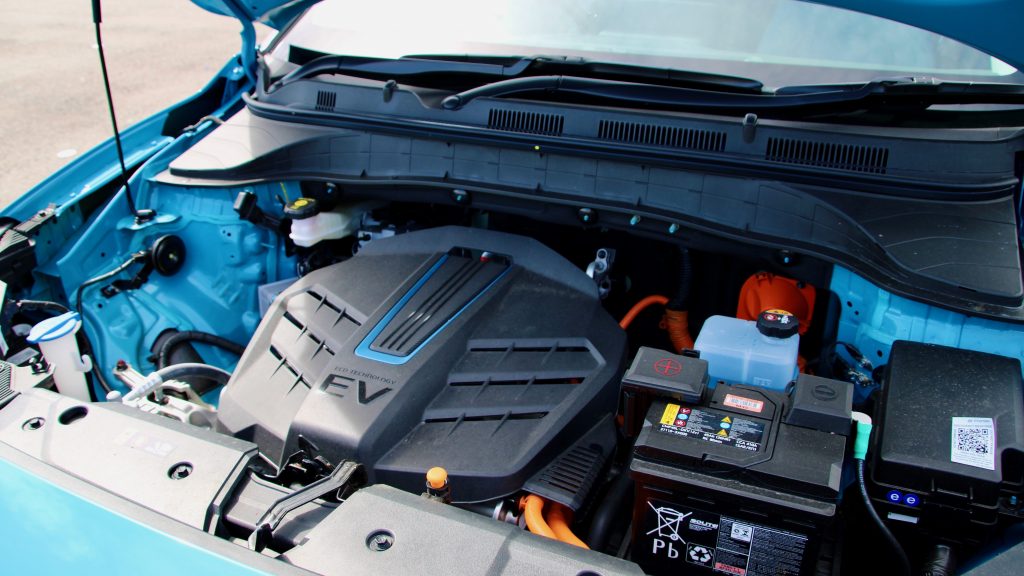
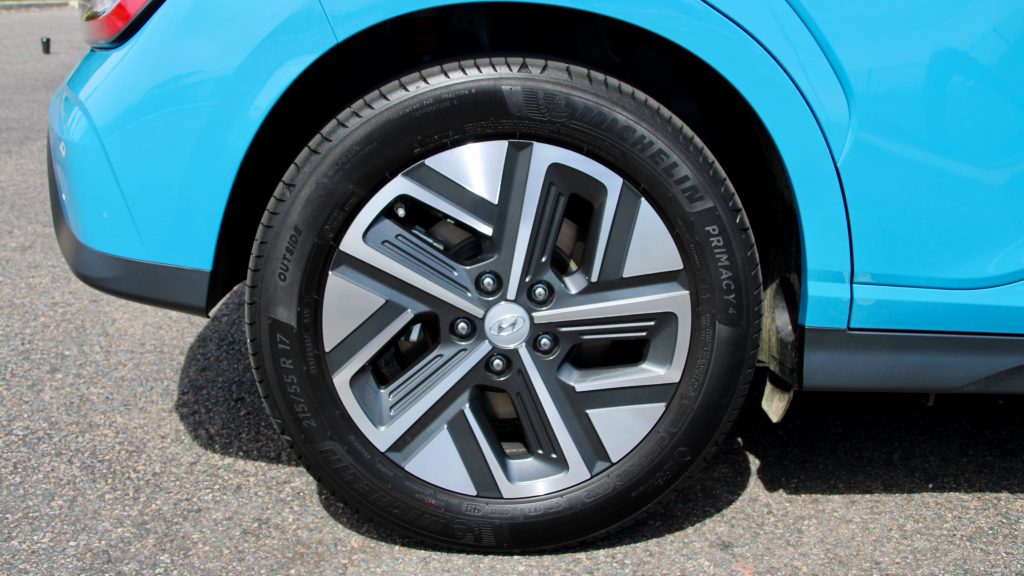
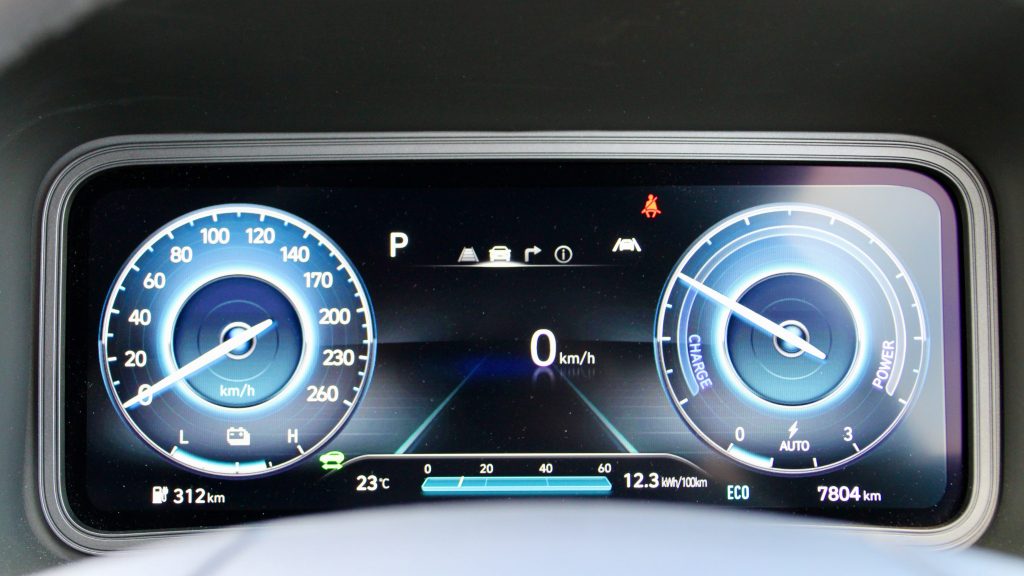
The Nissan Leaf E+ also has a 64kWh battery, but its motor produces 160kW of power and 340Nm of torque which is 10kW more than the Kona EV but 55Nm less torque. The Mazda MX-30 has a lesser 35.5kWh battery and it only produces 107kW of power and 271Nm of torque. The Kona’s Kia E-Niro also has a 64kWh battery and produces the same 150kW of power and 395Nm of torque as the Kona Electric.
As with all electric vehicles, the 2021 Hyundai Kona Electric has rapid acceleration, which is due to the instant torque on tap. The powertrain feels refined and very easy to drive. The regenerative braking system is also very intuitive and easy to moderate with the paddle shifters behind the steering wheel.
Ride & Handling: 7.5/10
Typically electric cars ride slightly harsher than their petrol counterparts and the 2021 Hyundai Kona Electric is no exception. The ride is on the harsher side, which is due to the weight of the batteries but we wouldn’t call it uncomfortable. The ride is perfectly fine for the daily commute or the road trip and that’s largely due to the Australian tuning of the suspension (as with most local-spec Hyundai products).
One of the seemingly plentiful benefits to an electric car is that the batteries are mounted under the floor of the car, meaning the centre of gravity is low. The handling is improved over the standard petrol Kona and the only thing that will give out when cornering are the eco tyres that allow it to offer such a long range. The Kona EV is rather chuckable into corners and will respond to a sporty driving nature.
Being an electric car, the 2021 Hyundai Kona Electric has a seemingly endless amount of technology fitted as standard. The safety tech specifically is exceptionally good, in our opinion – the forward collision alert is the right amount of sensitive and the blind spot monitoring does a great job of picking up vehicles in your blind spot. The only thing we have a slight issue with is the lane departure warning system and the lane keep assist are a little sensitive, especially in a suburban setting.
Interior & Practicality: 7.0/10
The interior of the 2021 Hyundai Kona Electric is totally fine. We wouldn’t call it best in class, nor would we call it the worst we’ve seen but it’s middle of the pack. Spending time behind the wheel of the Kona Electric, compared to a Mazda MX-30, is rather disappointing as the Mazda has a much more upmarket and is much better quality – the Kona’s Fisher Price plastics don’t improve in its transition to electric power and the Mazda feels luxurious in comparison.
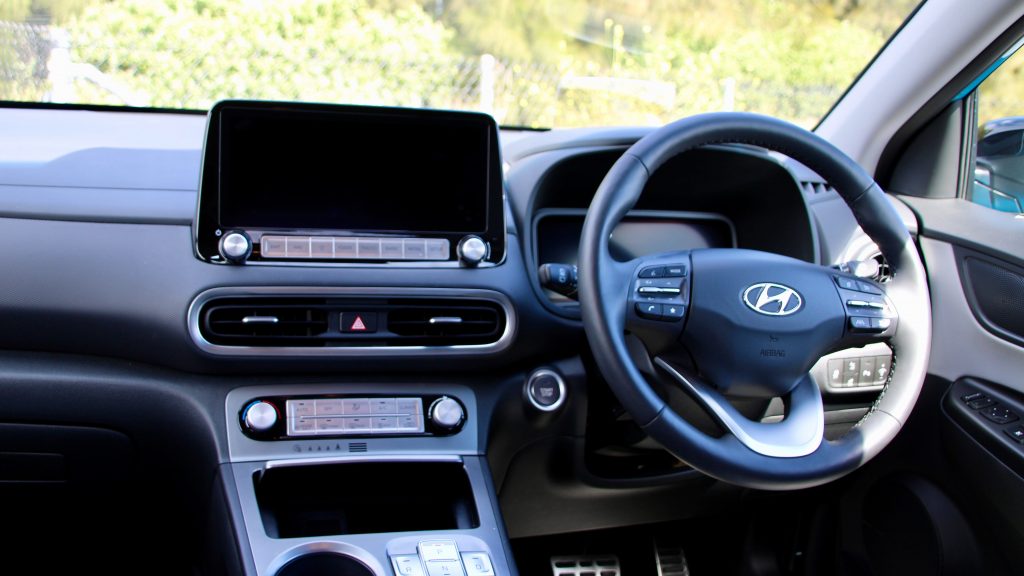
In saying this, the dash design of the 2021 Hyundai Kona Electric is funky and everything is where you expect it to be – nothing is more than an arm reach away. Even the centre console is a futuristic looking slab that has storage underneath and switches toward the bottom that include the heated and cooled seat controls and parking sensor button.
The quality in the Kona Electrics interior is something that could definitely be improved. There are hard plastics on the door cards, upper dash, centre console and lower portion of the dash. Although the leather quality is surprisingly good, it’s nothing on the man-made leather in the MX-30.
The screens in the 2021 Hyundai Kona Electric Extended Range are two 10.25-inch displays. One is a driver’s information display that shows the usual dials as well as information pertaining to the batteries and economy. The centre screen is a touchscreen that gives you access to the cars satellite navigation system, radio controls as well as DAB+ digital radio, wired Apple CarPlay and Android Auto and for information for the electric batteries in the car. The satellite navigation system is rather good although it is easier to connect your phone to the Apple CarPlay or Android Auto and set navigation that way. The Harmon Kardon sound system is also pretty punchy.
The storage in the Kona is rather good compared to rivals. There are large door pockets, a good sized glove box, a big centre console, a storage pocket in front of the gear selector buttons to put your phone, a rear map pocket and a small storage pocket in the back seat area.
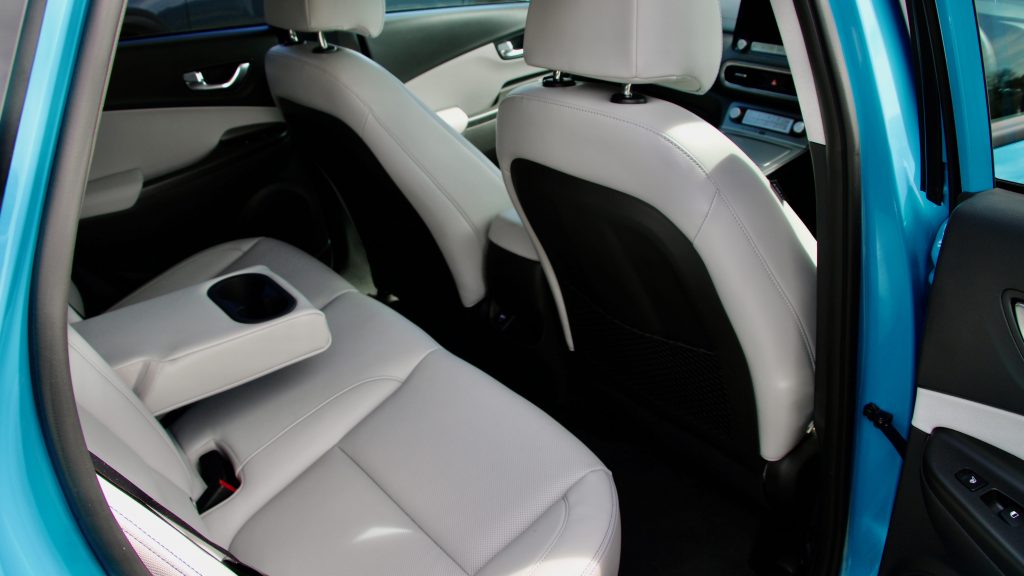
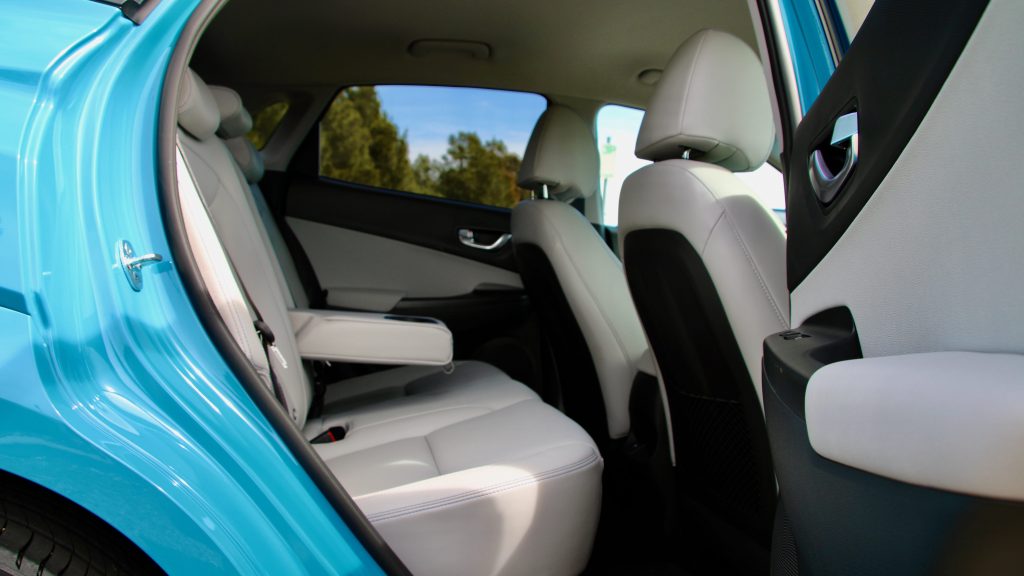
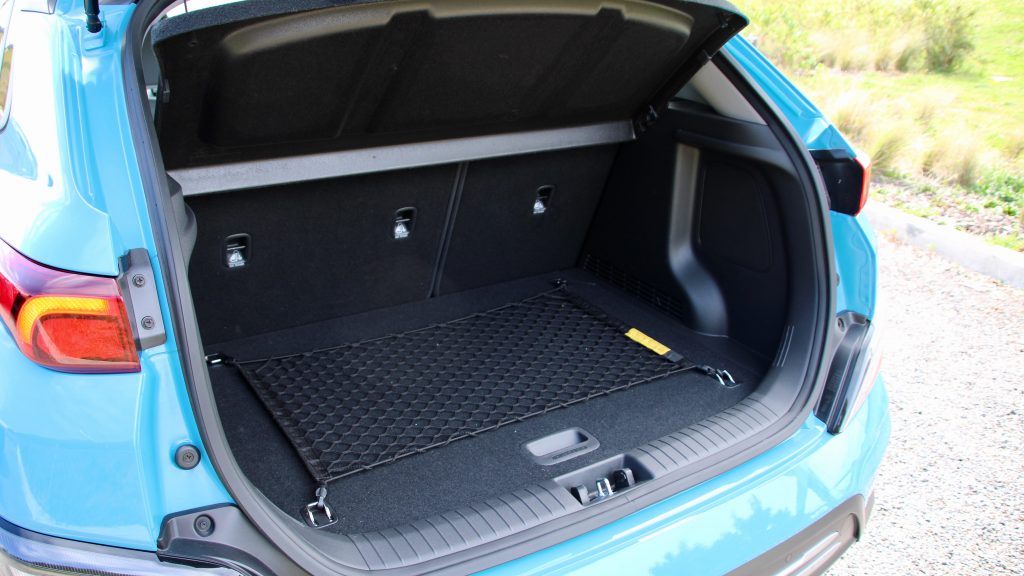
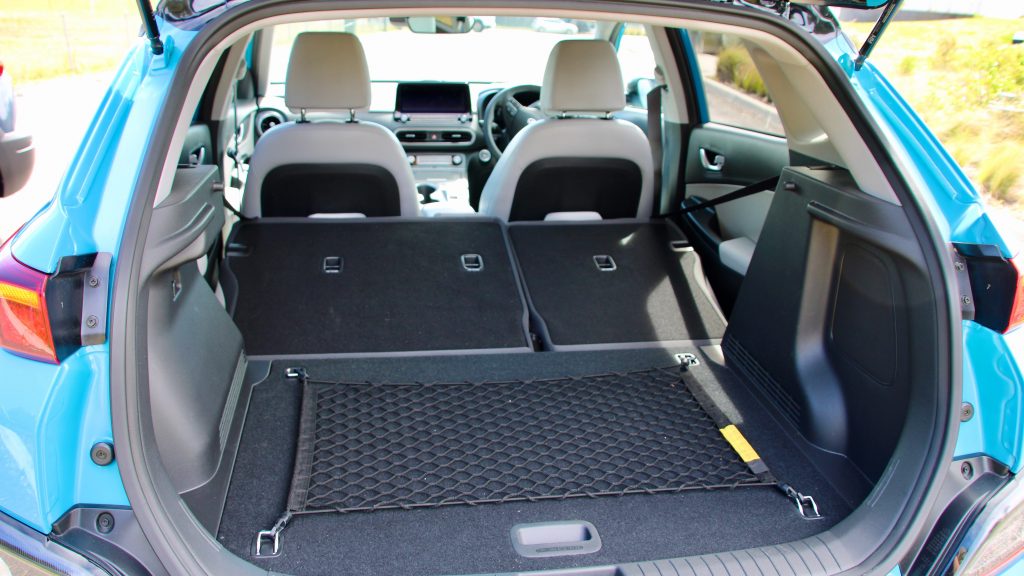
The rear seat room is also what we would call adequate. It’s not plentiful, but it’s also not cramped either. The head room is good, but the leg and shoulder room could use some improvement. There are also some amenities missing from the rear of the Kona such as rear air vents and more charging ports but it does come with a single USB port, rear heated seats, map pockets, a fold down centre arm rest and ISOFIX rear child seat anchors.
Opening up the rear tailgate of the 2021 Hyundai Kona Electric reveals 332-litres of boot space with the rear seats in place, which is 21-litres more than the Mazda MX-30 but interestingly 119-litres less than the Kia E-Niro on which the Kona a platform with. The standard petrol Kona offers 374-litres of cargo space, which is 63L more than the Kona Electric. Fold the rear seats down in the Kona and this opens it up to 1,114-litres – and unlike an a-Niro, they lie quite flat and there’s no huge ridge in the floor.
Service & Warranty: 7.0/10
Hyundai gives all of its road cars a five-year unlimited kilometre warranty and this includes the 2021 Hyundai Kona Electric. The batteries in the Kona EV are also covered by an eight-year/160,000km warranty to give you that peace of mind. The Nissan Leaf also come with both the same warranties than the Kona EV, as does the Mazda MX-30 e35. The Kona Electric also comes with a 12-months of roadside assist from new, although this is extended by a further 12-months at every scheduled service from Hyundai for up to five-years.
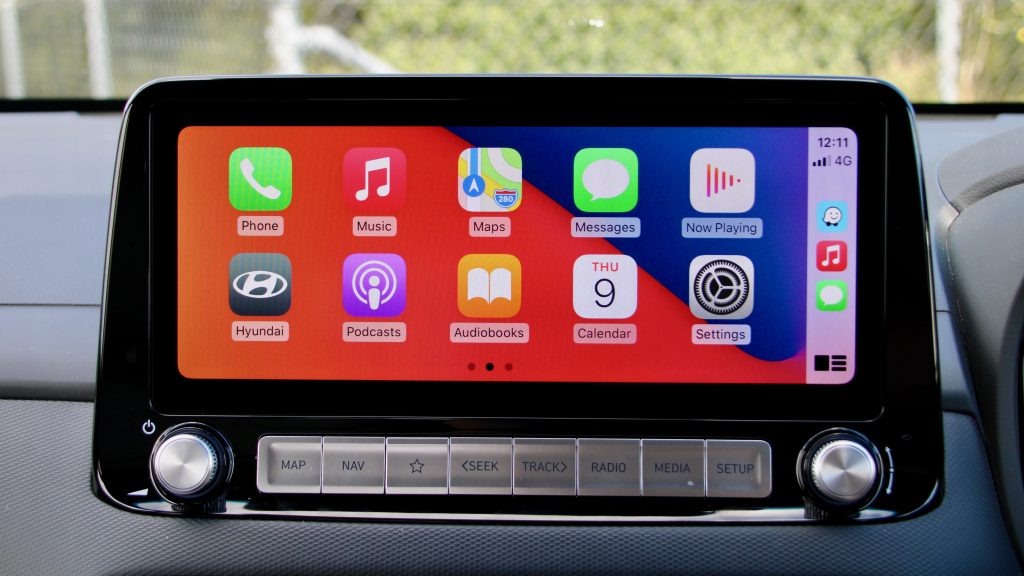
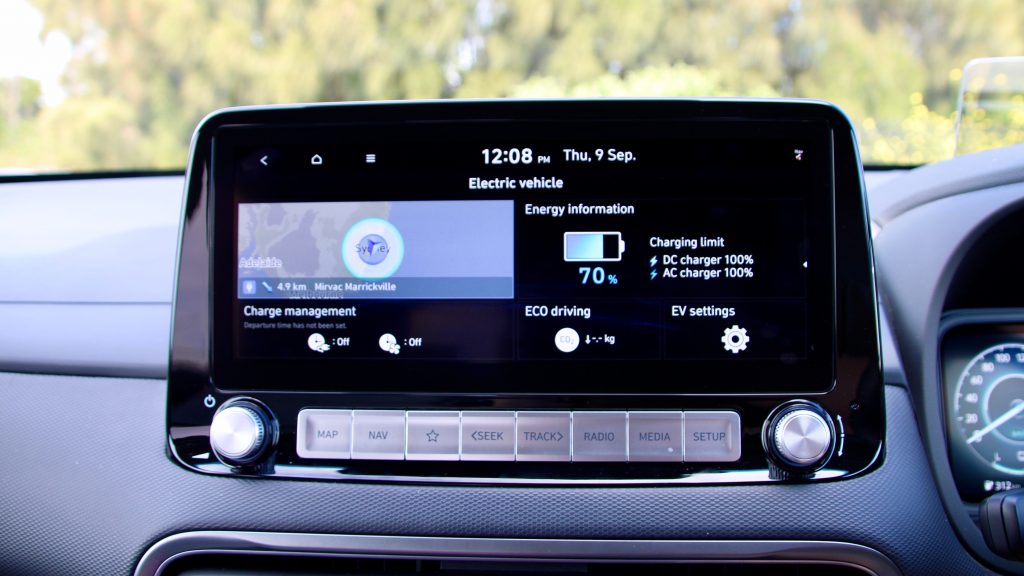
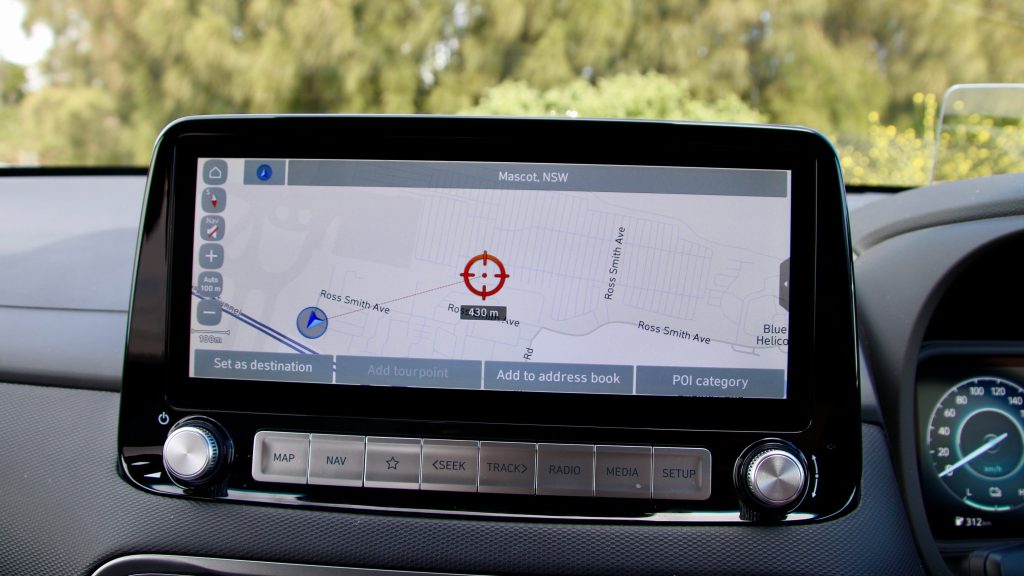
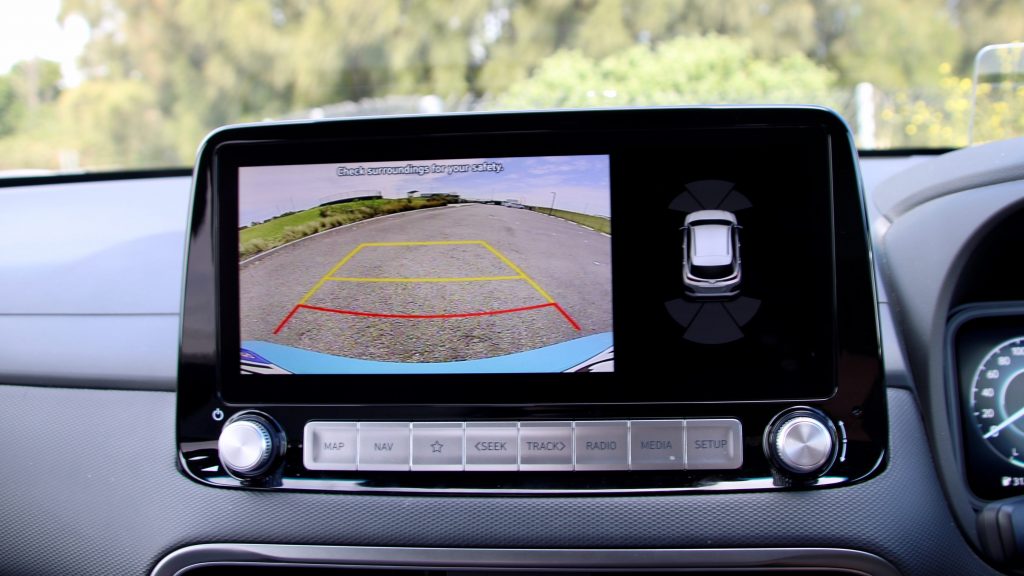
The 2021 Hyundai Kona Electric requires being serviced every 12-months or 15,000km, which is the same interval as the Mazda MX-30 E35. The price of servicing the Kona EV over five years/75,000km is $1,445 (an average of $289 per service). The Mazda MX-30 E35 will set owners back $1,285 (an average of $257 per service) over the same period and the Nissan Leaf will cost $1,413 (an average of $282 per service).
2021 Hyundai Kona Electric Extended Range Highlander DiscoverAuto Rating: 7.6/10
In the last few years electric cars have been popping up more and more and SUVs have also been gaining popularity. Therefore, being both an electric car and an SUV should really help the 2021 Hyundai Kona Electric catch on in Australia. While the Kona Electric was the first attainable electric SUV, there are now many more on the market including the Mazda MX-30, Kia E-Niro and even the Mercedes-Benz EQA.
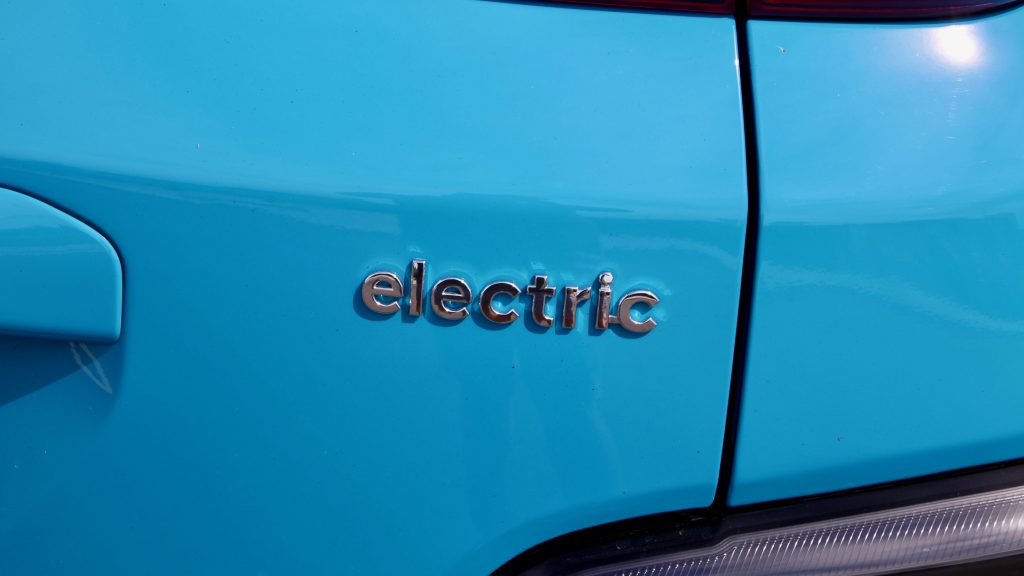
If we were in the market for an electric SUV, is the Kona Electric Extended Range Highlander worth consideration? Definitely, in our opinion. We know that it isn’t cheap to service and the interior could be better quality, but we do really like the Kona. It is cheaper and better equipped than its Kia e-Niro cousin, it has more than double the range of the Mazda MX-30 E35 and it offers a bright range of colours. It also offers a lot of character in a segment not brimming with personality, so if you’re looking for an electric SUV, the Kona Electric Extended Range Highlander is definitely worth consideration.
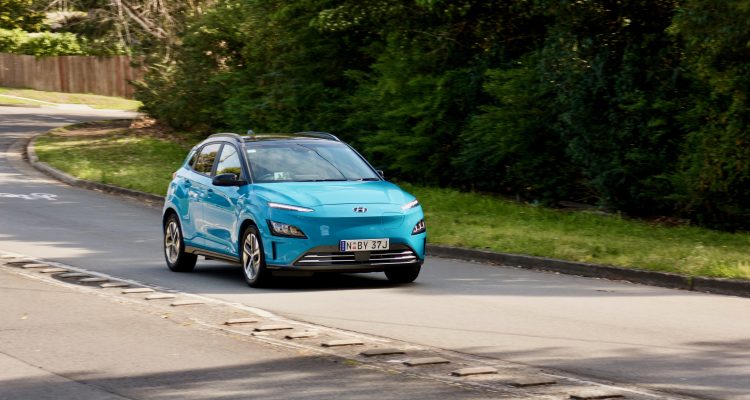
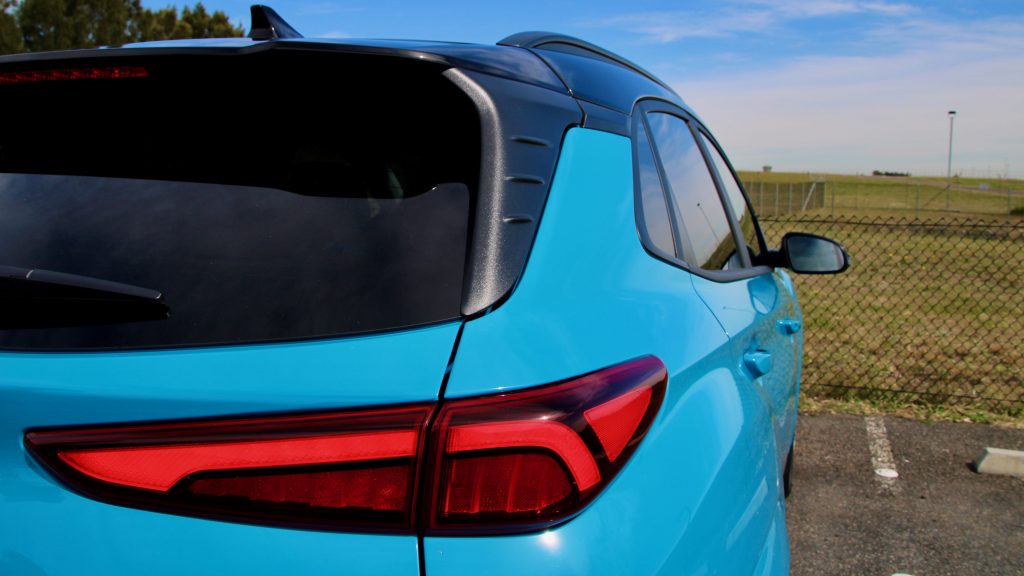
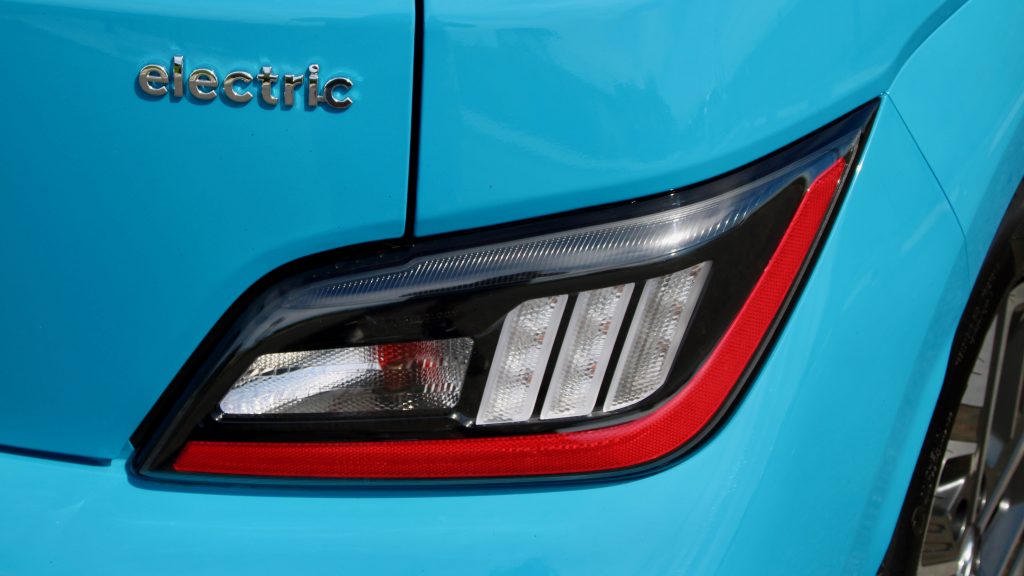
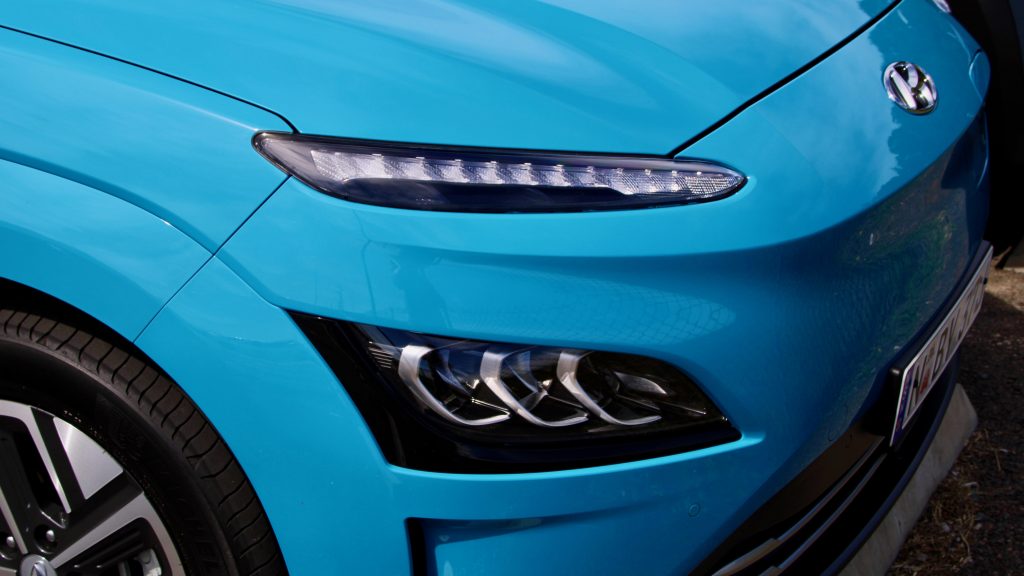
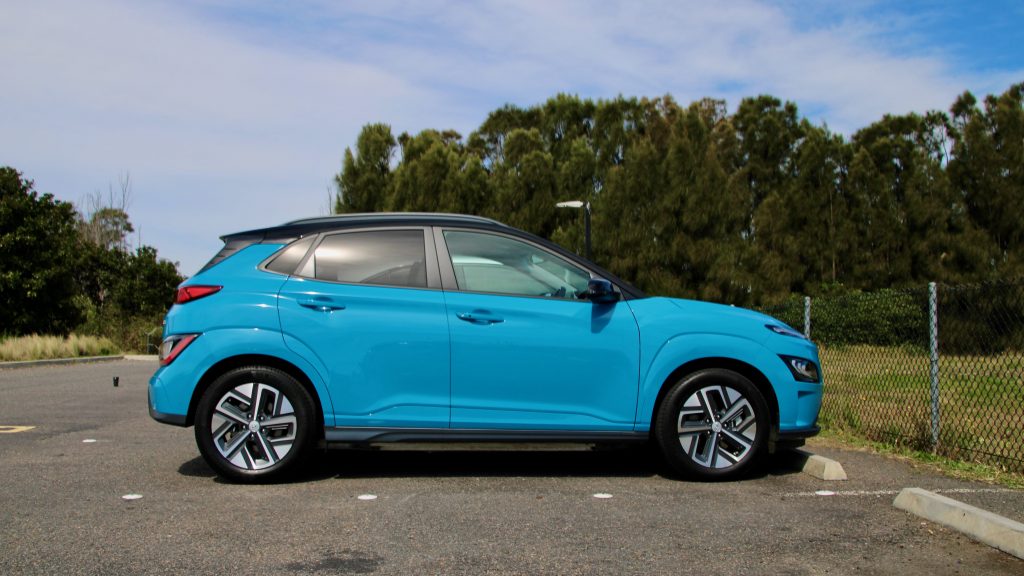
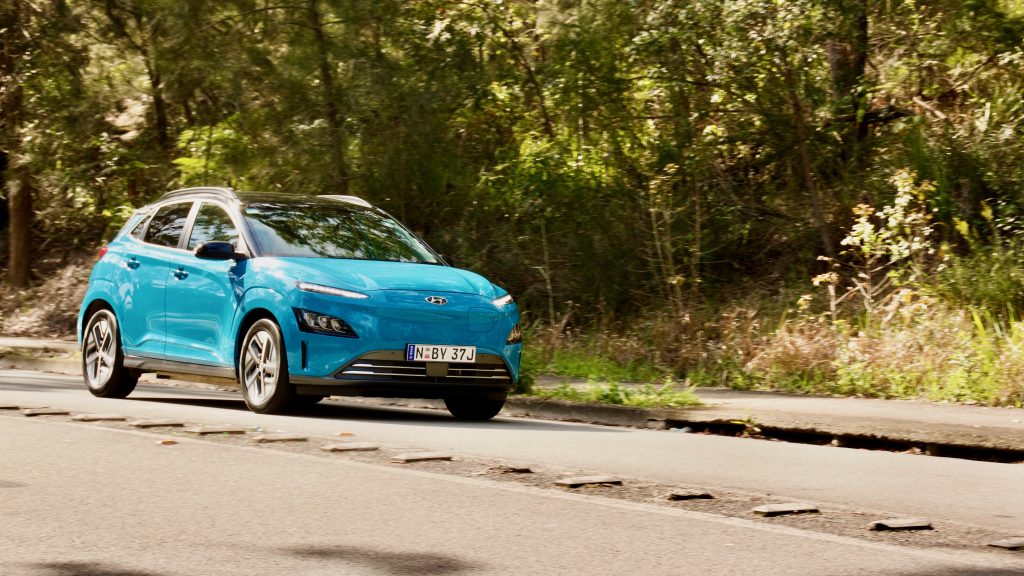
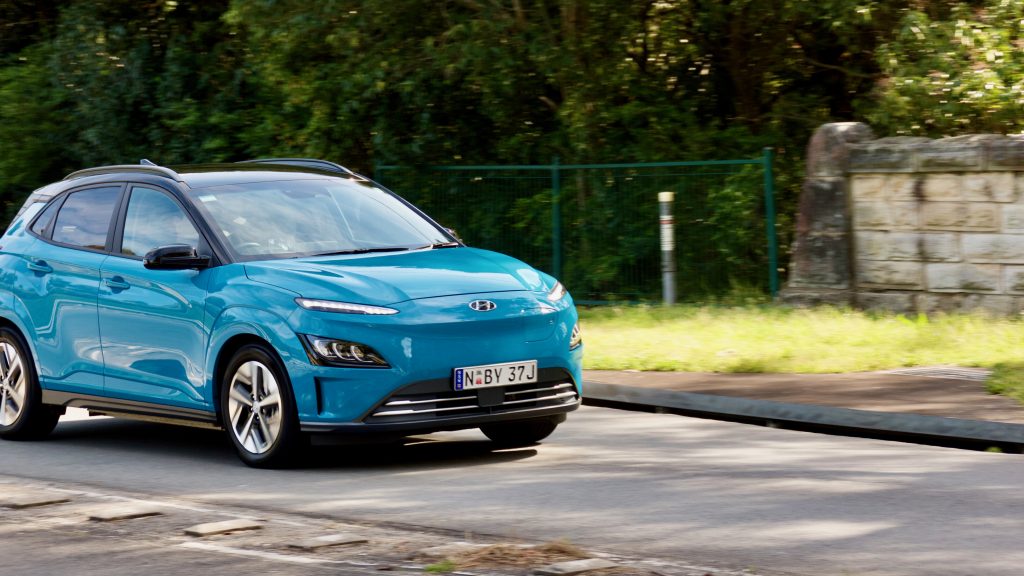
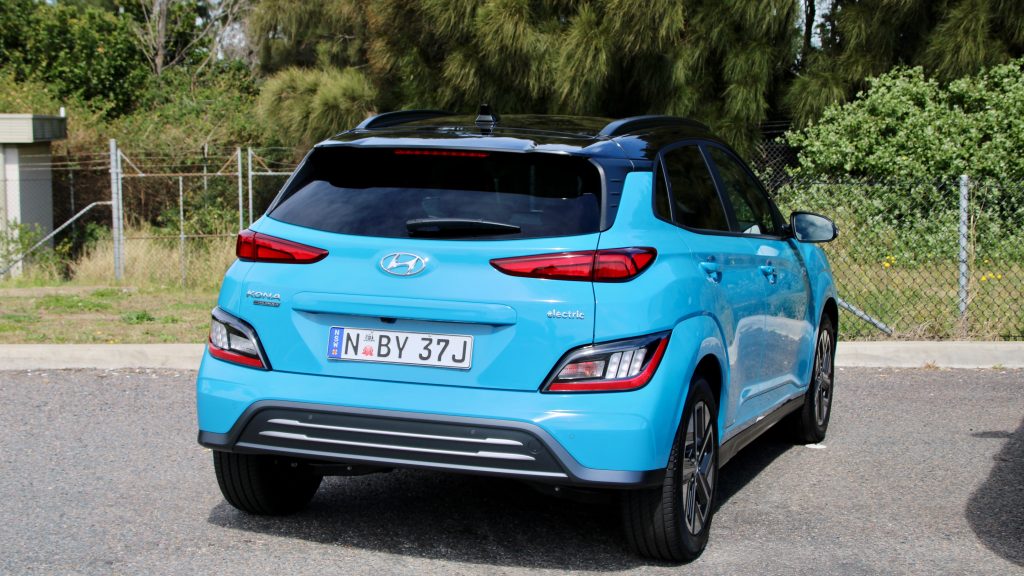
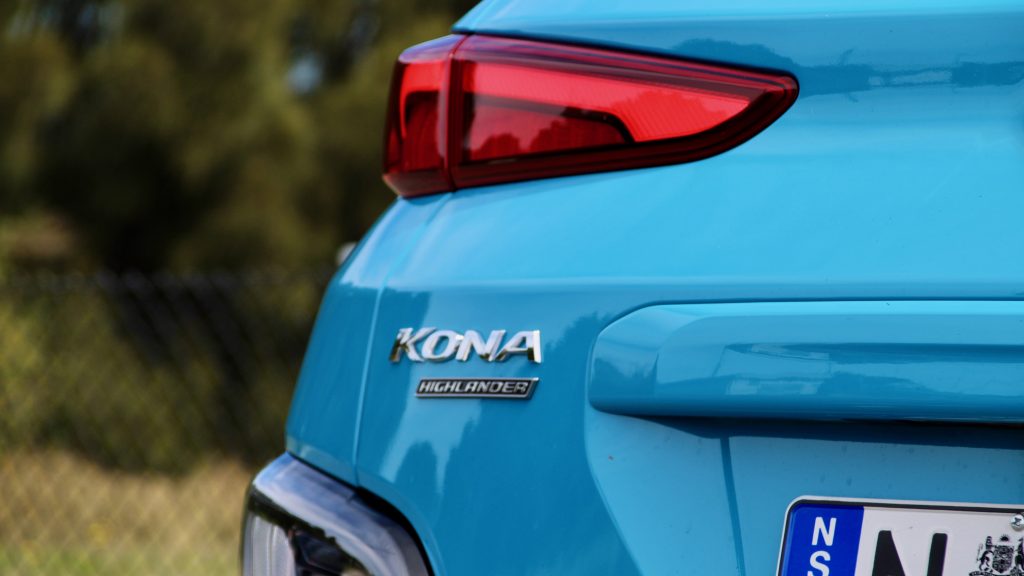
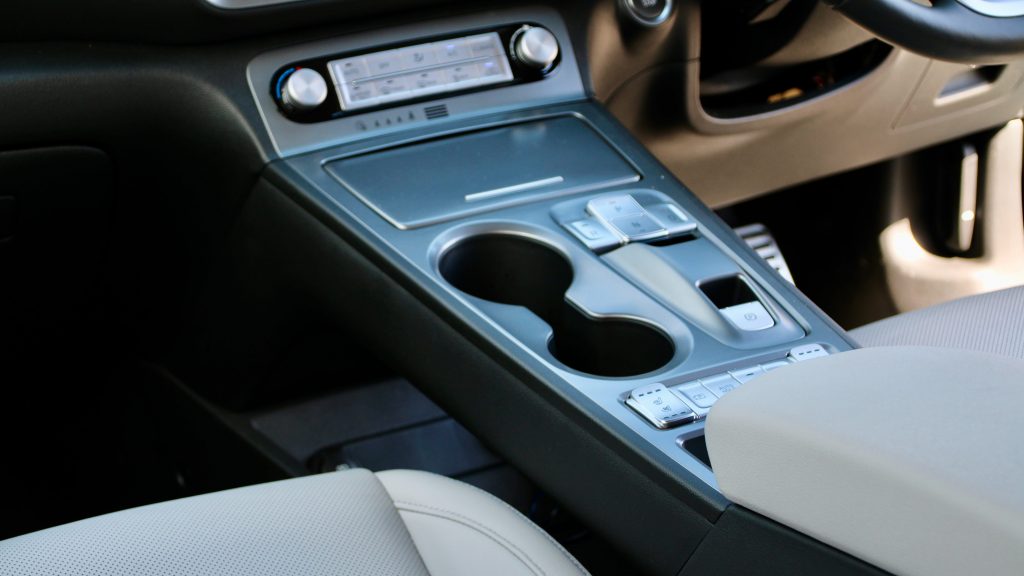
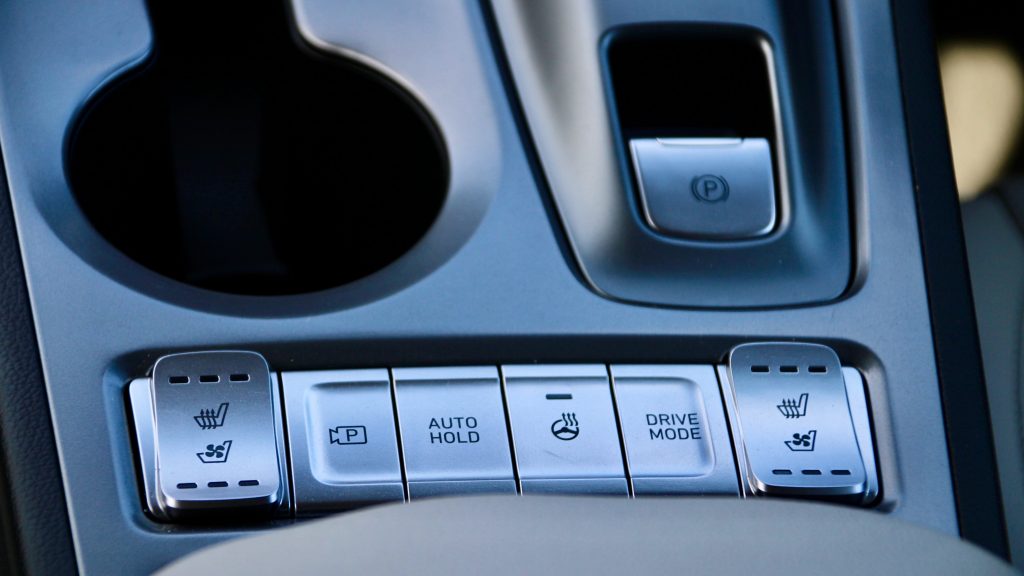
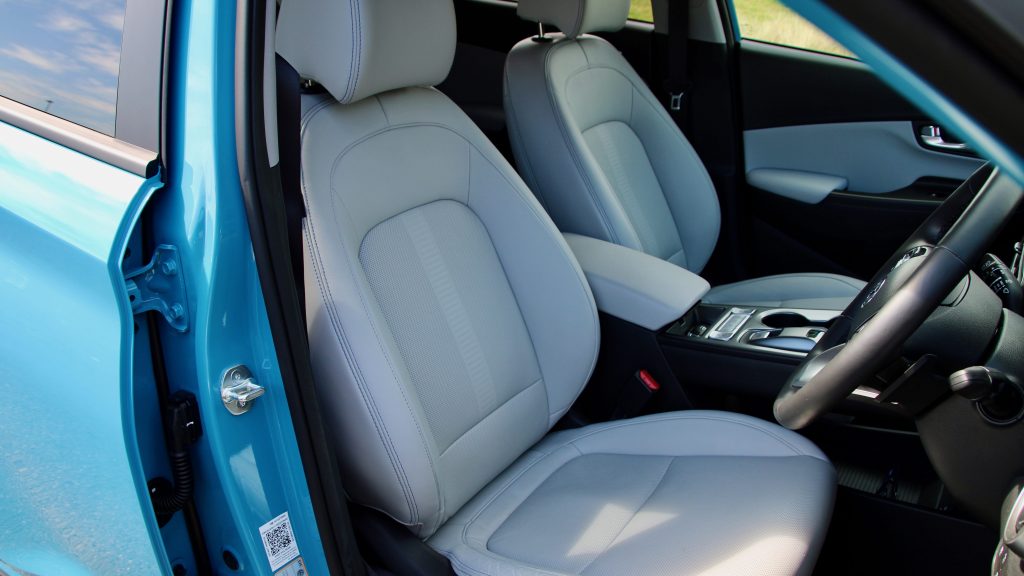
Leave a Reply